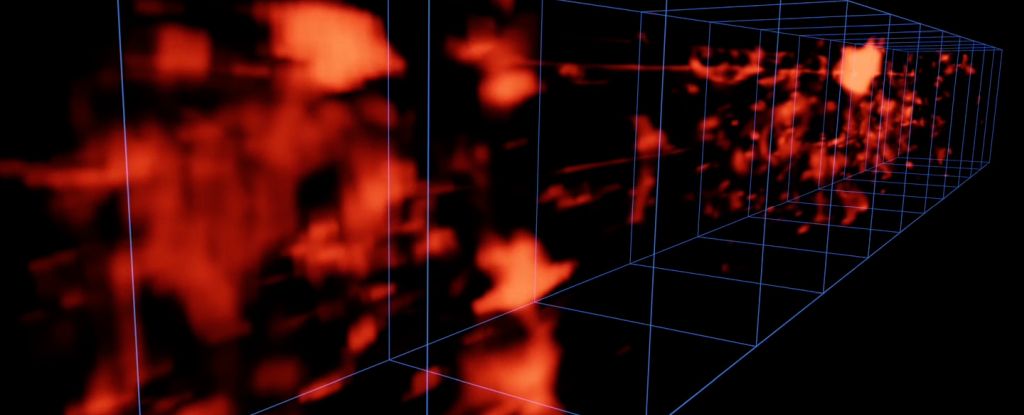Understanding condensate droplets may give us understanding of Big Bang Nucleosynthesis.
I do not think along the lines of Big Bang theory.I use this logic as part of the discussion.
[Submitted on 28 Jan 2022 (v1), last revised 21 Nov 2022 (this version, v2)]
Self-Interacting Superfluid Dark Matter Droplets
V. Delgado, A. Muñoz Mateo (Univ. La Laguna)
I do not think along the lines of Big Bang theory.I use this logic as part of the discussion.
[Submitted on 28 Jan 2022 (v1), last revised 21 Nov 2022 (this version, v2)]
Self-Interacting Superfluid Dark Matter Droplets
V. Delgado, A. Muñoz Mateo (Univ. La Laguna)
We assume dark matter to be a cosmological self-gravitating Bose-Einstein condensate of non-relativistic ultralight scalar particles with competing gravitational and repulsive contact interactions and investigate the observational implications of such model. The system is unstable to the formation of stationary self-bound structures that minimize the energy functional. These cosmological superfluid droplets, which are the smallest possible gravitationally bound dark matter structures, exhibit a universal mass profile and a corresponding universal rotation curve. Assuming a hierarchical structure formation scenario where granular dark matter haloes grow around these primordial stationary droplets, the model predicts cored haloes with rotation curves that obey a single universal equation in the inner region (r≲1 kpc). A simultaneous fit to a selection of galaxies from the SPARC database chosen with the sole criterion of being strongly dark matter dominated even within the innermost region, indicates that the observational data are consistent with the presence of a Bose-Einstein condensate of ultralight scalar particles of mass m≃2.2×10−22 eV c−2 and repulsive self-interactions characterized by a scattering length as≃7.8×10−77 m. Such small self-interactions have profound consequences on cosmological scales. They induce a natural minimum scale length for the size of dark matter structures that makes all cores similar in length (∼1 kpc) and contributes to lower their central densities.



